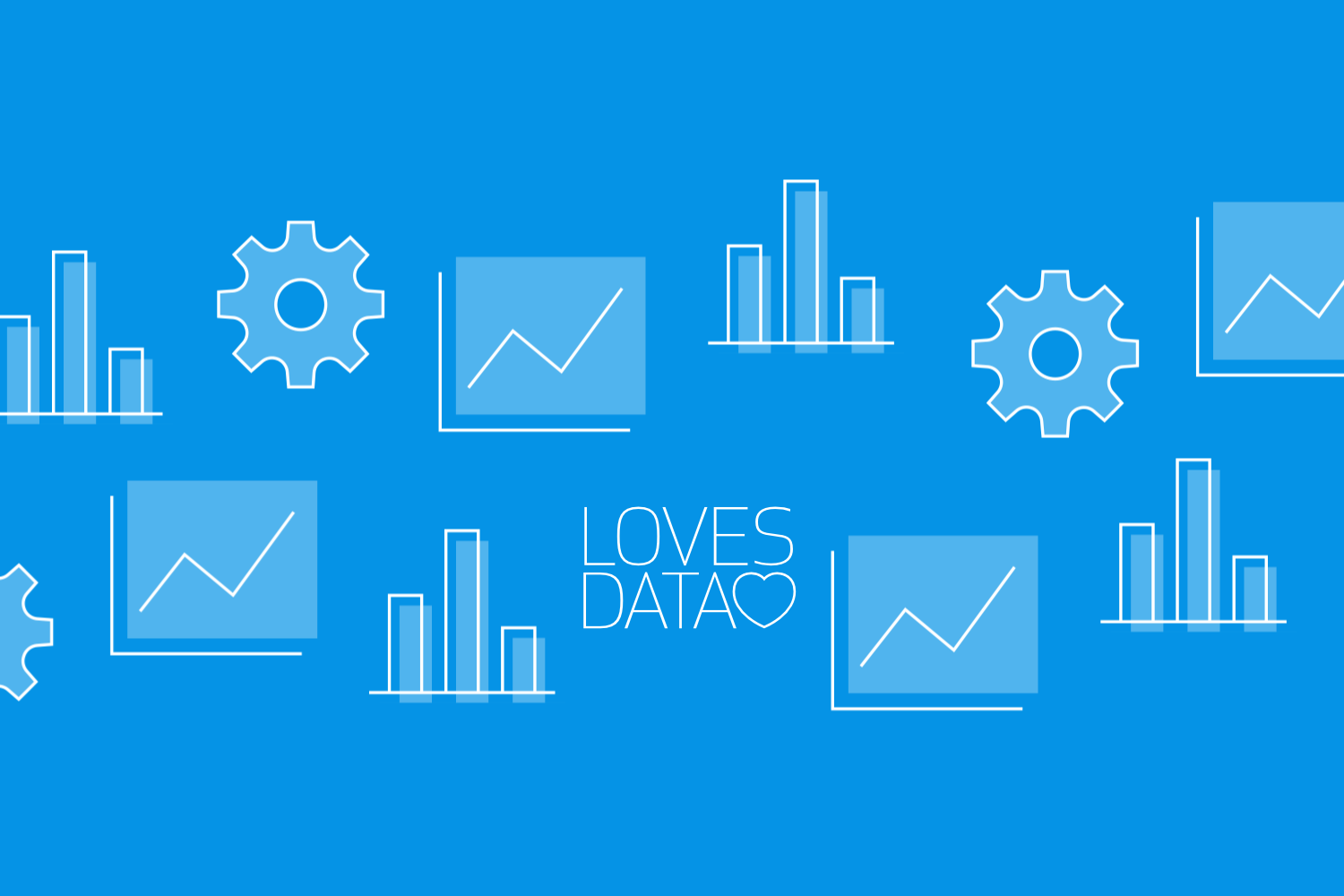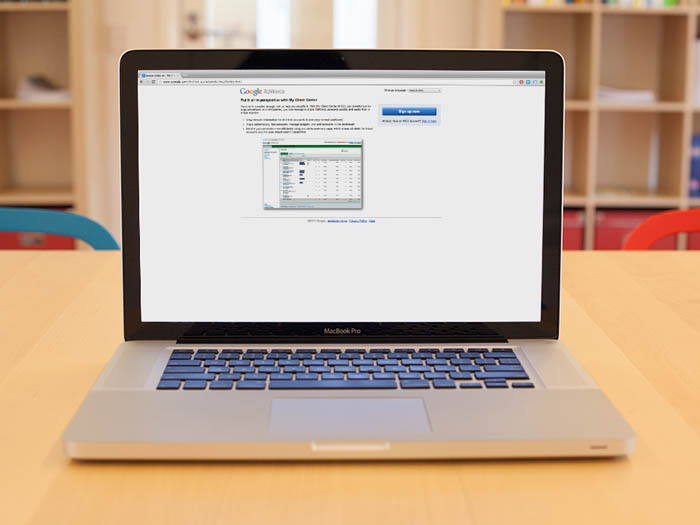Boost Your Google Ads ROI with Proven Bidding Strategies
Loves Data
Managing a successful Google Ads campaign goes beyond selecting the right keywords, creating compelling ad copy, and targeting your core audience. One of the most crucial aspects of achieving optimal campaign performance and maximizing your return on investment (ROI) lies in understanding and implementing effective bidding strategies.
With a diverse range of bidding options, Google Ads offers you a high level of control over your ad placements and spending.
In this comprehensive guide, Loves Data will introduce you to proven Google Ads bidding strategies to help boost your campaign performance. We'll explore different bidding options, how they affect your ad placements, when to use specific strategies, and key considerations to weigh before implementing them.
1. Understanding the Basics: Key Google Ads Bidding Concepts
Before diving into specific bidding strategies, it's essential to familiarize yourself with the foundational concepts of Google Ads bidding:
Average Cost-per-Click (CPC)
The average CPC is the amount you usually pay for each click in your Google Ads campaign. It is calculated by dividing the total cost by the total number of clicks received.
Maximum Cost-per-Click (Max CPC)
Max CPC is the highest amount you're willing to pay for a click on your ad. It's a key factor in determining your ad rank and ad placement within the Google Ads auction system.
Ad Rank
Ad Rank is a value that determines your ad's position in Google search results. It's calculated using your Max CPC bid, Quality Score, and the expected impact of assets (previously called ‘Ad Extensions’) and ad formats.
Quality Score
Quality Score is a metric that measures the relevance and effectiveness of your ads based on factors like click-through rate (CTR), ad relevance, and landing page experience.
Now that you have a basic understanding of these concepts let's dive into the different bidding strategies available within Google Ads.
2. Manual CPC Bidding: Maximum Control
Manual CPC bidding gives you the highest level of control over your Google Ads campaign bidding. With this strategy, you'll set a Max CPC for each of your keywords or ad groups, and Google Ads will attempt to get the most clicks possible within your budget. This strategy is best for advertisers who want precise control over their bids and those actively monitoring and adjusting campaigns.
Pros
- Complete control over your Max CPC for individual keywords or ad groups.
- Gives you the opportunity to tweak and adjust bids based on your own analysis.
Cons
- Requires a significant time investment in monitoring and optimization.
- Lacks the advanced machine learning and automation available in other bidding strategies.
3. Enhanced CPC Bidding: Combining Control with Automation
Enhanced CPC (ECPC) combines the control of manual CPC bidding with the automation of Google Ads' machine learning. While you still set your Max CPC, Google Ads can automatically adjust your bids higher or lower during auctions to increase your chances of getting a conversion.
Pros
- Retains some level of control over your Max CPC.
- Utilizes Google Ads' machine learning to improve bid performance relative to conversions.
Cons
- Possible higher costs with bid adjustments, unless a cap on the bid adjustments is set.
- Less control than manual CPC bidding.
4. Target CPA Bidding: Optimizing for Conversions
Target cost-per-action (CPA) bidding is focused on getting as many conversions as possible at a target CPA that you specify. Google Ads adjusts your bids automatically in each auction, optimizing for conversions. This strategy is best for advertisers looking to optimize ad spend based on conversion performance.
Pros
- Bids are optimized by Google Ads to achieve your target CPA.
- Set a target CPA at the ad group or campaign level to fit your conversion goals.
Cons
- Minimal control over individual keyword Max CPC or ad placement.
- Less suited for campaigns that don't prioritize conversions.
5. Target ROAS Bidding: Maximizing Revenue

Target return on ad spend (ROAS) bidding optimizes your bids to achieve a target return on ad spend that you specify. This strategy is best for advertisers with a primary focus on revenue and specific goals regarding profitability.
Pros
- Bids are optimized to achieve a target return on ad spend specified by you.
- Ideal for advertiser campaigns prioritizing revenue.
Cons
- Requires accurate tracking of conversion values to be effective.
- Limited control over individual keyword Max CPC or ad placement.
6. Maximize Conversions Bidding: Get the Most Out of Your Budget
Maximize conversions bidding aims to get the highest number of conversions possible within your daily budget. This strategy is ideal for advertisers seeking the highest conversion volume while maximizing their ad spend efficiency.
Pros
- Google Ads automatically optimizes bids for conversions.
- Help increase conversion volume within your daily budget.
Cons
- No direct control over bids or specific target CPA, potentially resulting in inconsistent costs.
- Dependent on effective daily budget management to prevent overspending.
7. Maximize Clicks Bidding: Driving Traffic
Maximize clicks bidding is designed to drive the maximum amount of traffic to your website within your daily budget. Google Ads automatically sets your bids to help achieve this goal. This strategy is ideal for advertisers whose priority is generating website traffic rather than conversions or revenue.
Pros
- Google Ads optimizes bids for maximum clicks within your daily budget.
- Effective for campaigns focused on driving website traffic.
Cons
- Lacks focus on conversion performance and revenue.
- Limited control over ad placement or keyword Max CPC.
8. Choosing the Right Bidding Strategy for Your Campaign
With an understanding of the different Google Ads bidding strategies, the next step is choosing the one that best aligns with your campaign goals:
- For complete control and hands-on management, choose manual CPC bidding.
- If you prefer a mix of control and automation, opt for enhanced CPC bidding.
- For conversion-focused campaigns, consider target CPA or maximize conversions bidding.
- For campaigns prioritizing revenue and profitability, look into target ROAS bidding.
- If driving maximum website traffic is your primary goal, use maximize clicks bidding.
By selecting and implementing the right bidding strategy, you can optimize your Google Ads campaigns for optimal performance and meet your unique business goals.
Final Thoughts
Are you ready to become a Google Ads expert and elevate your campaign performance to new heights? Let Loves Data help you along the journey and watch your ad success reach unprecedented levels. Contact us today to learn more!




Comments